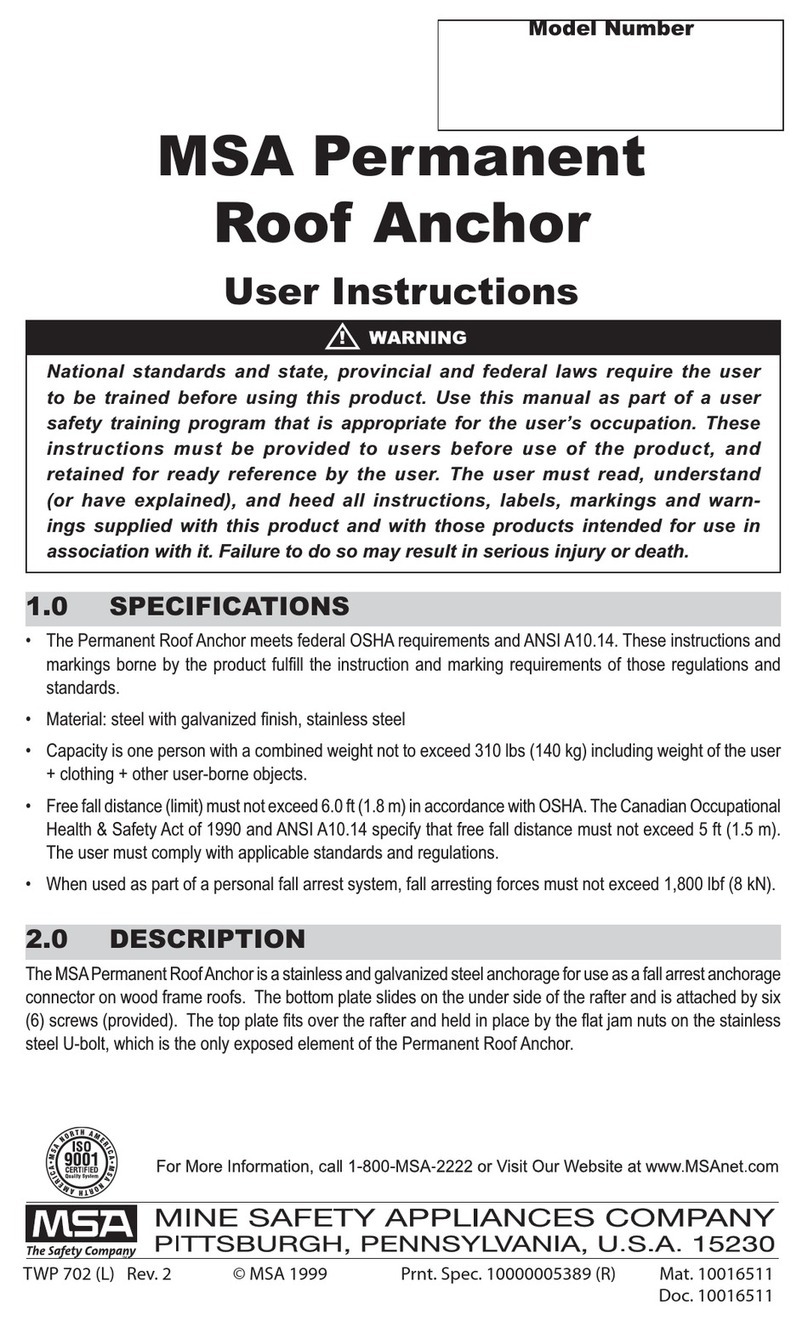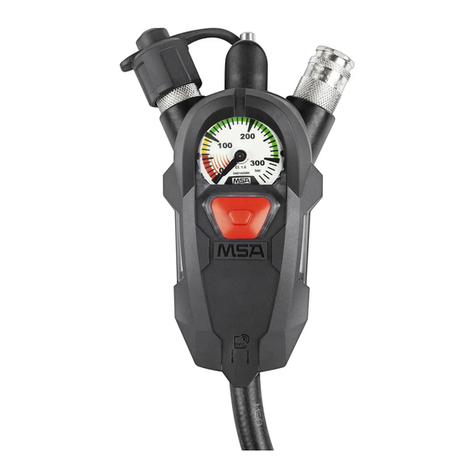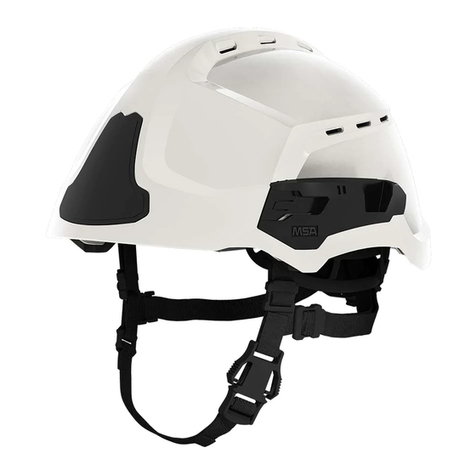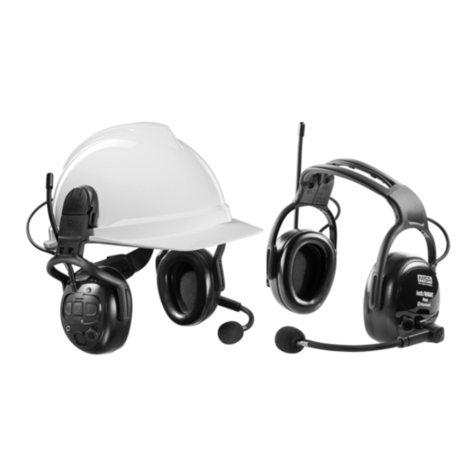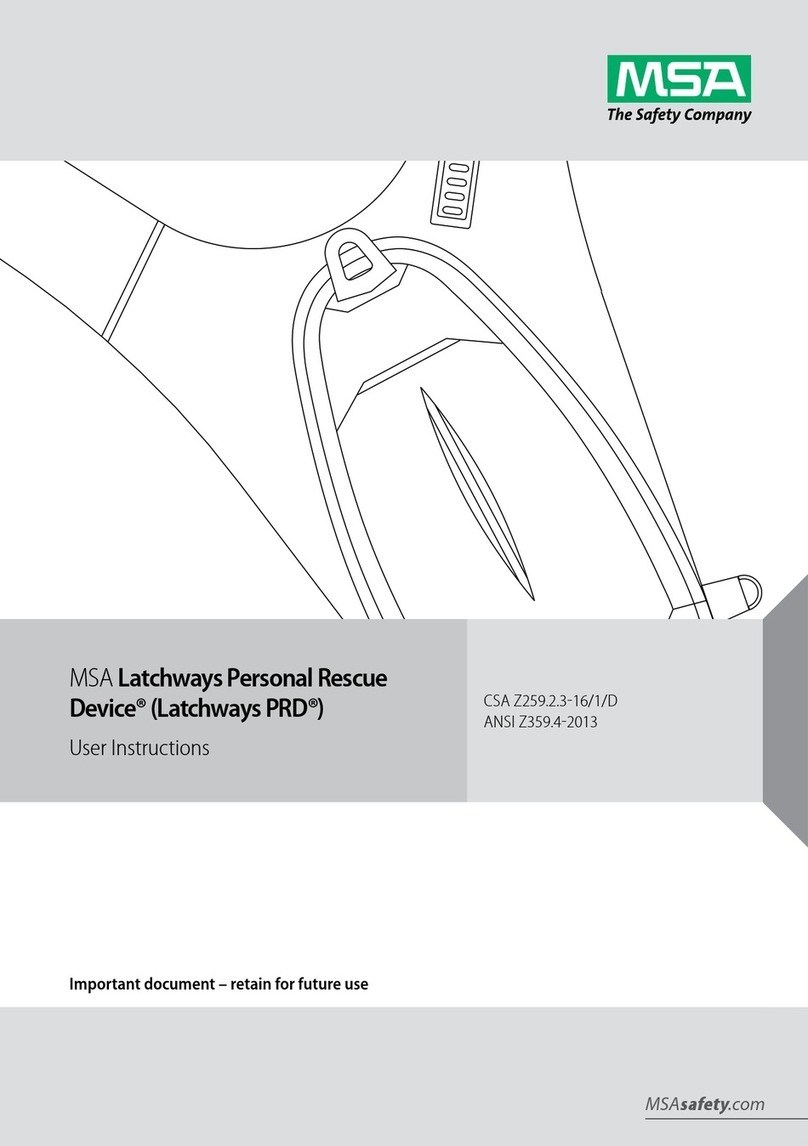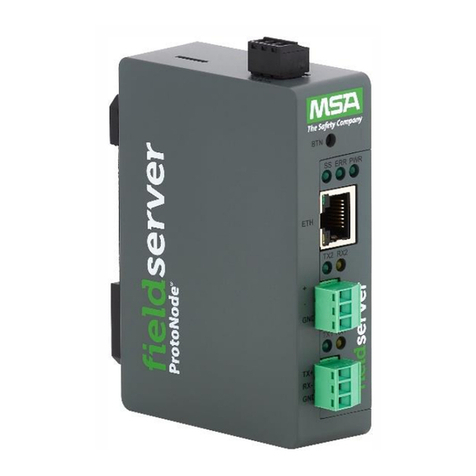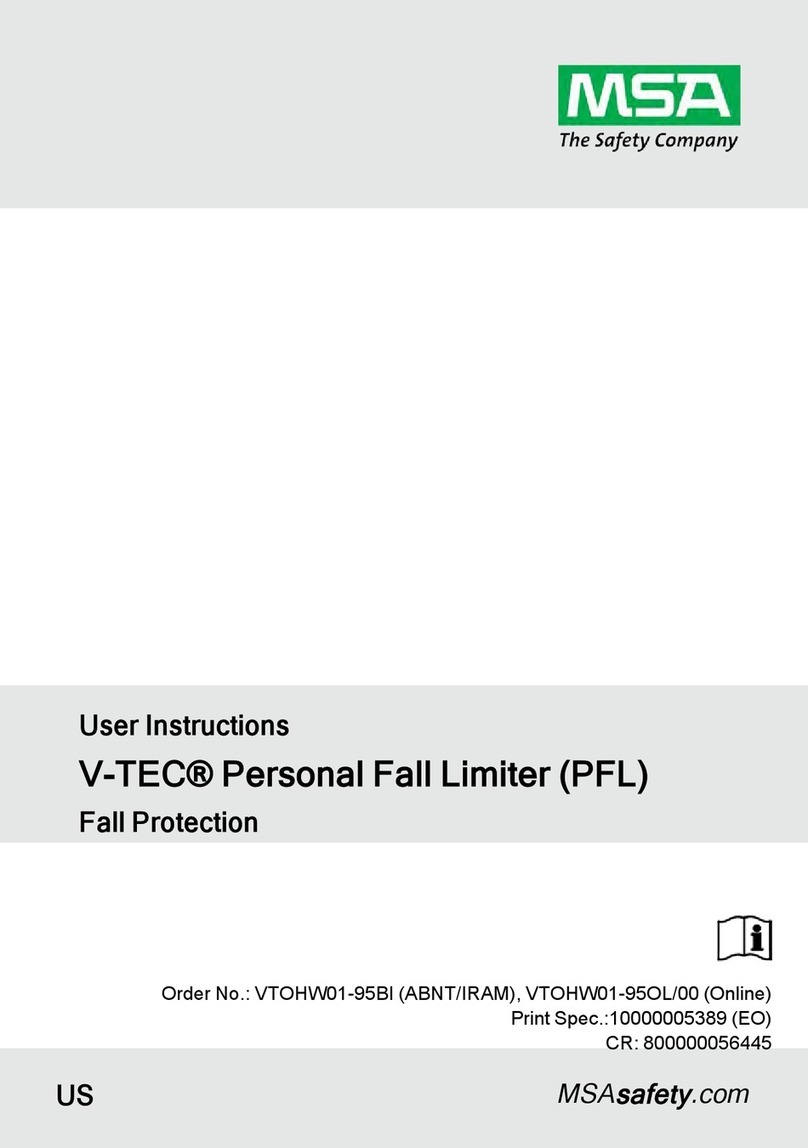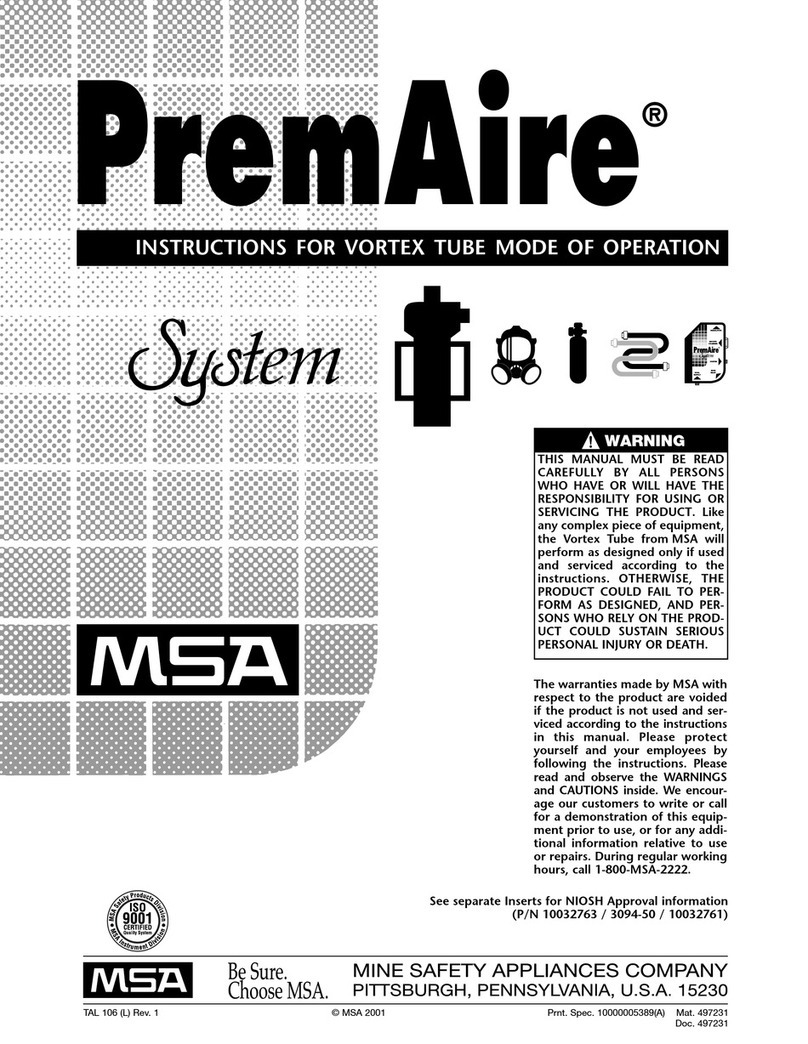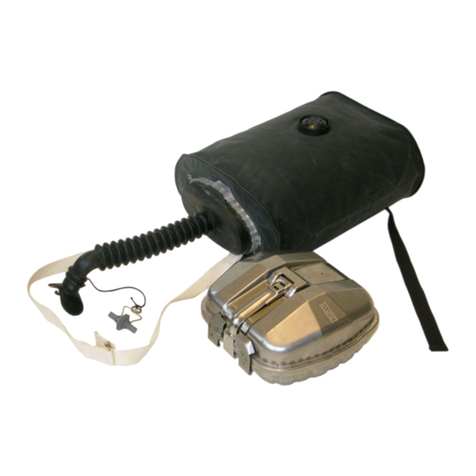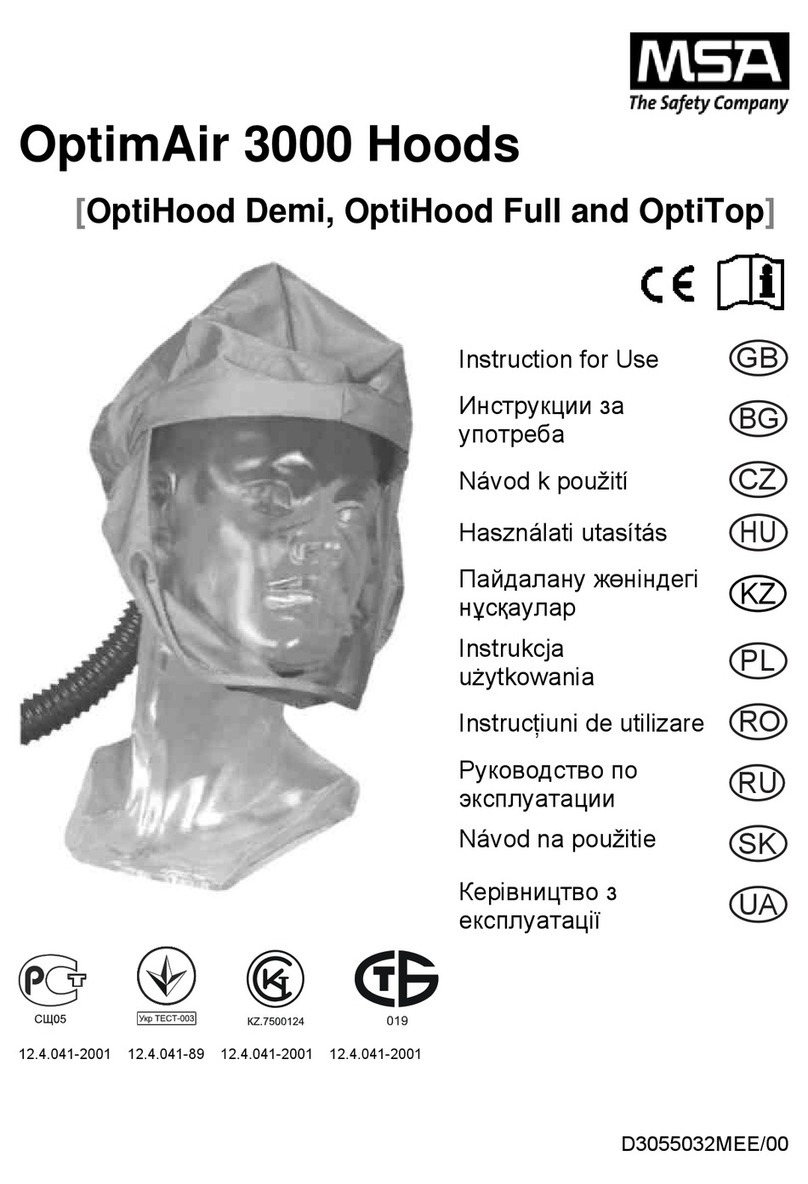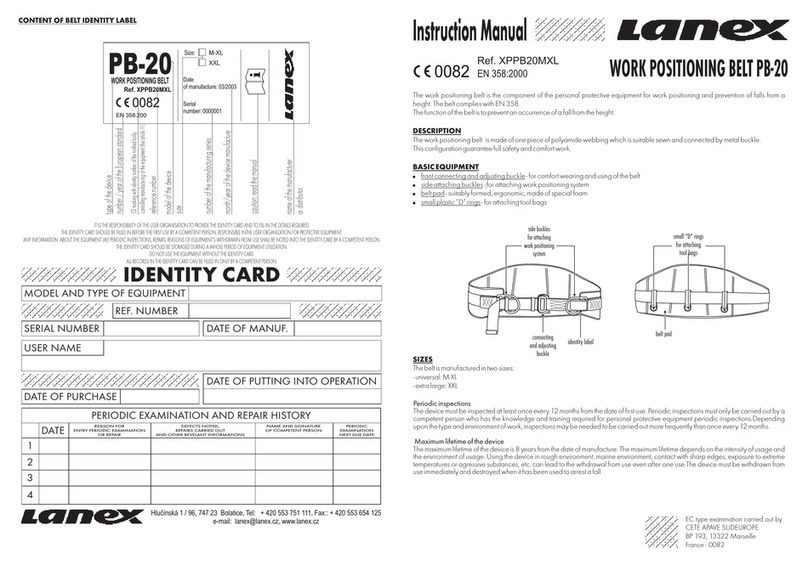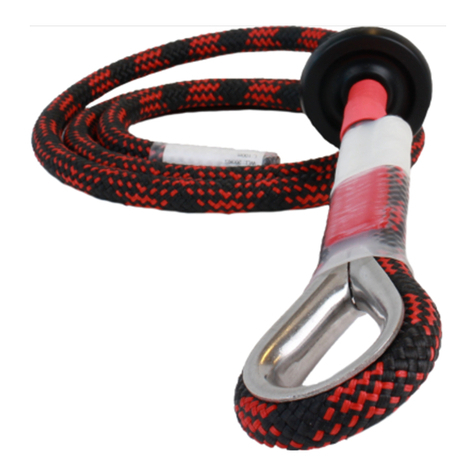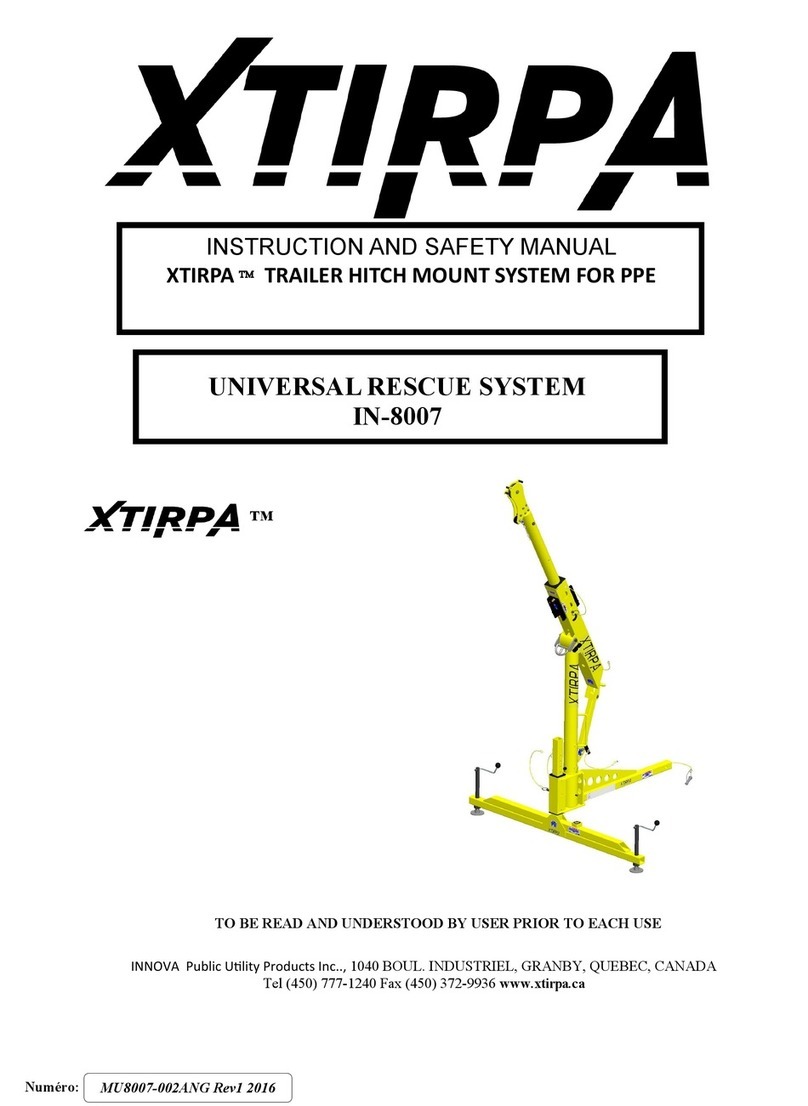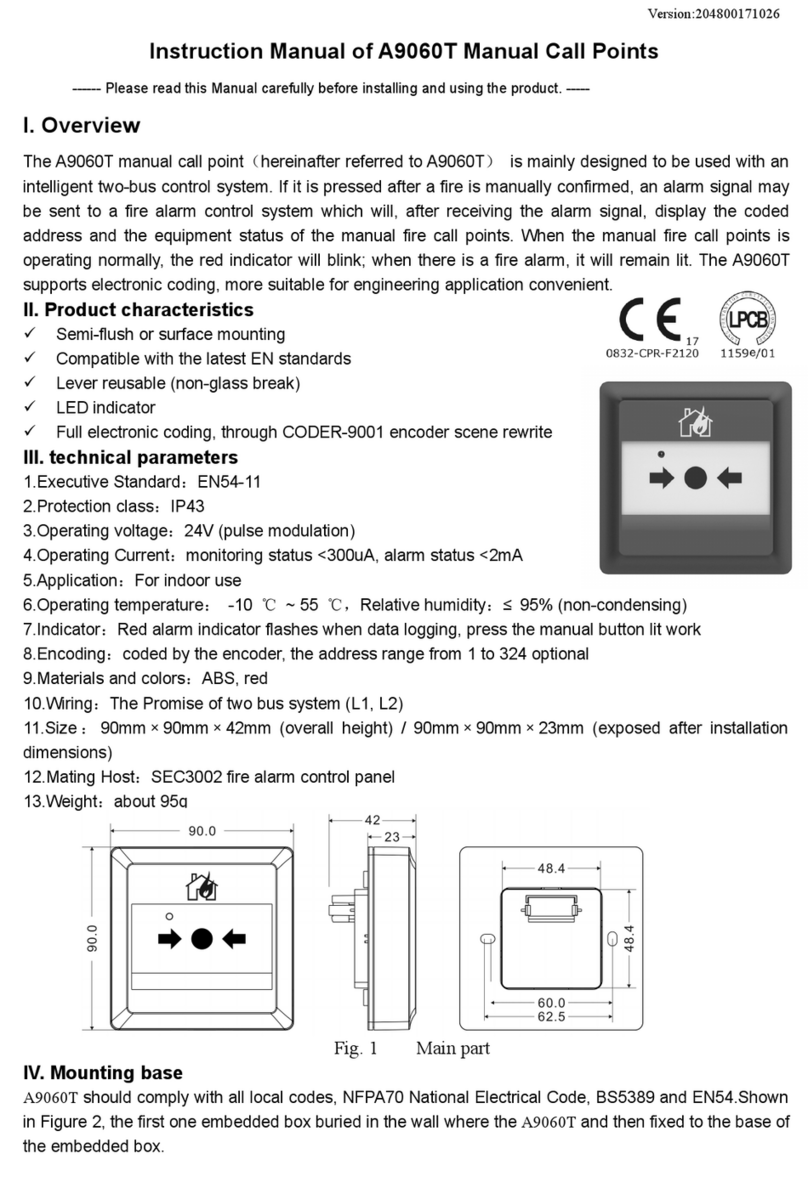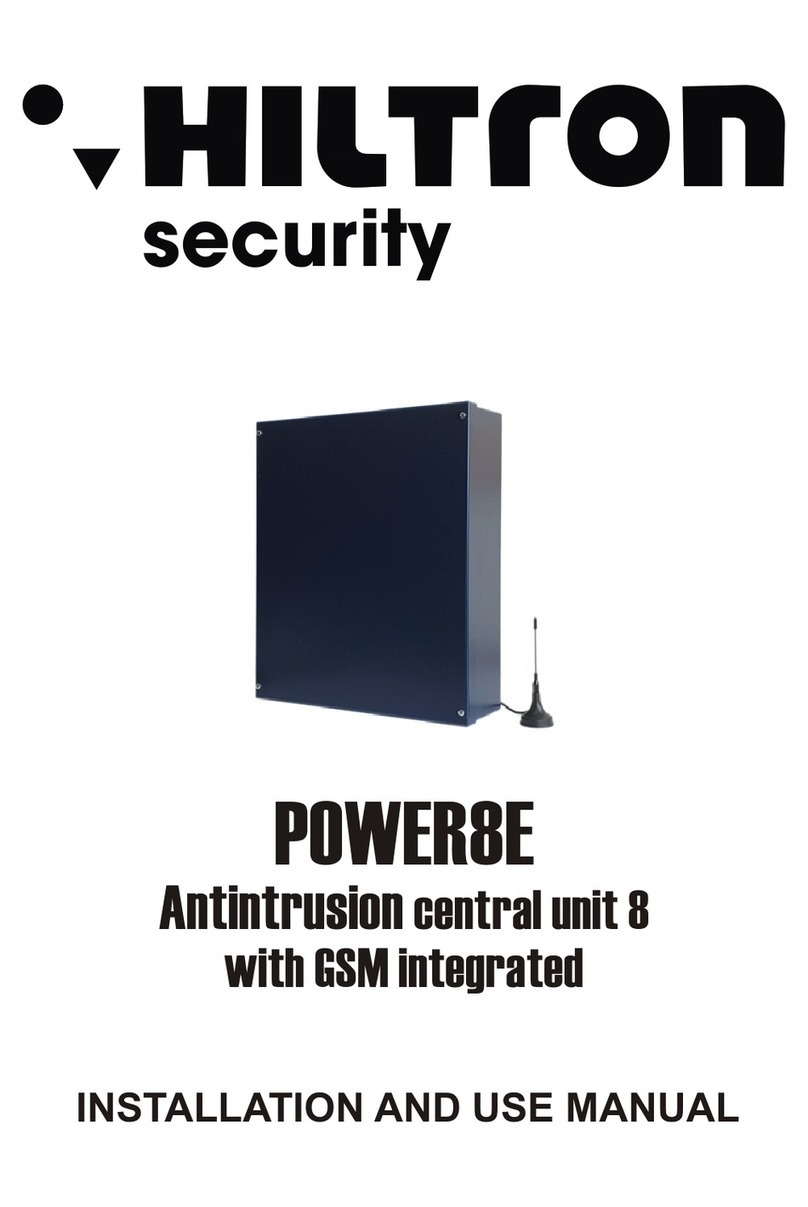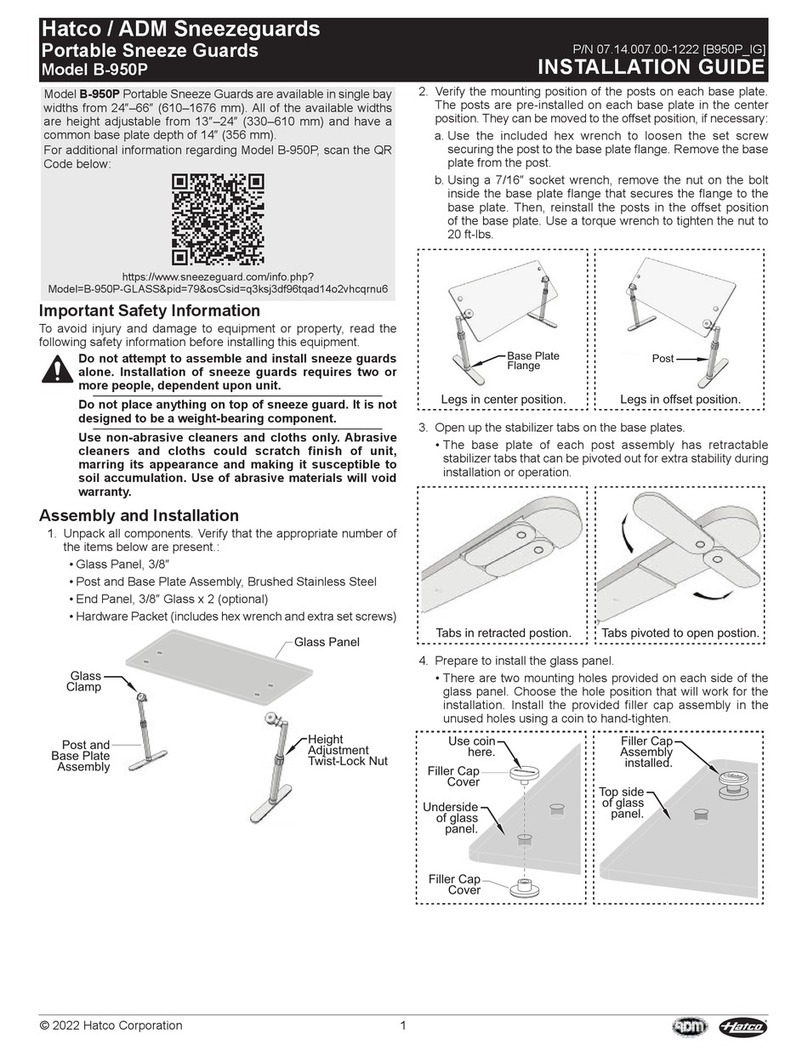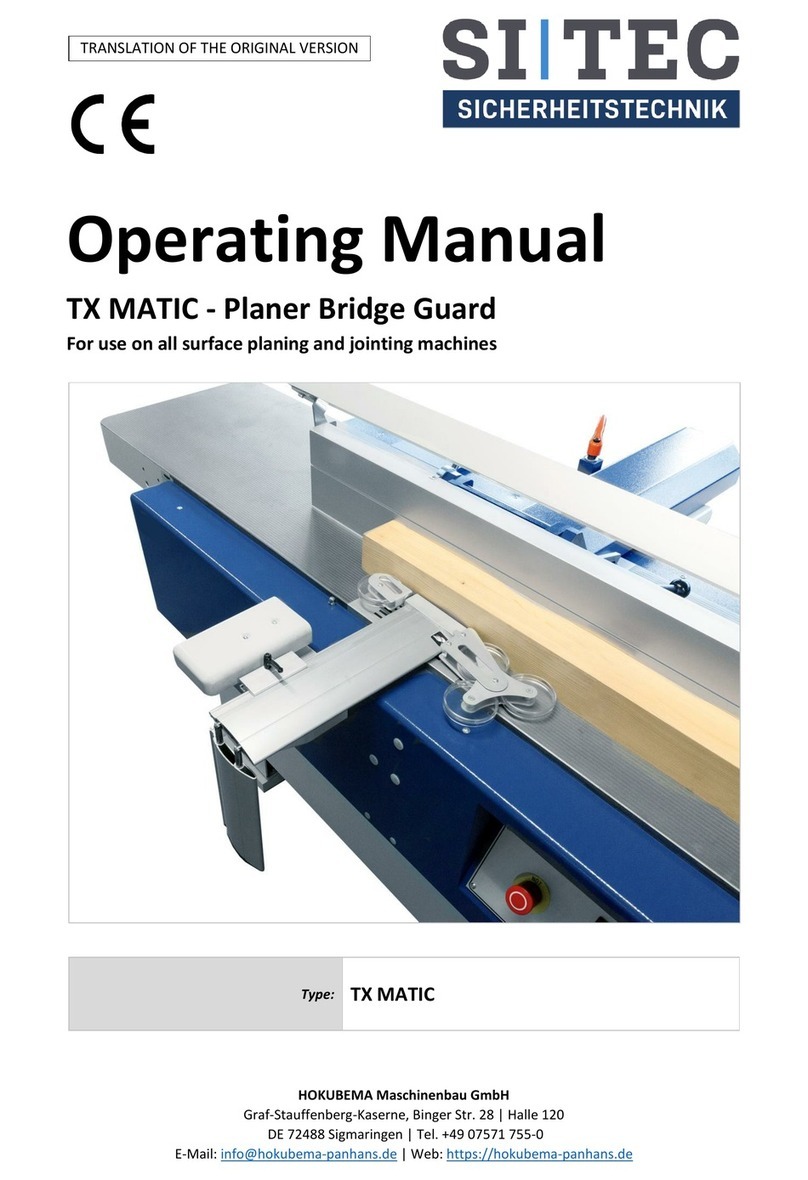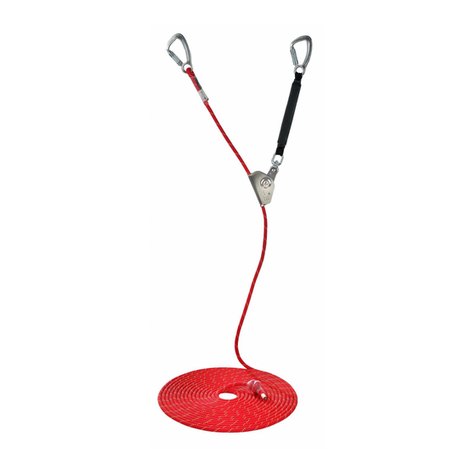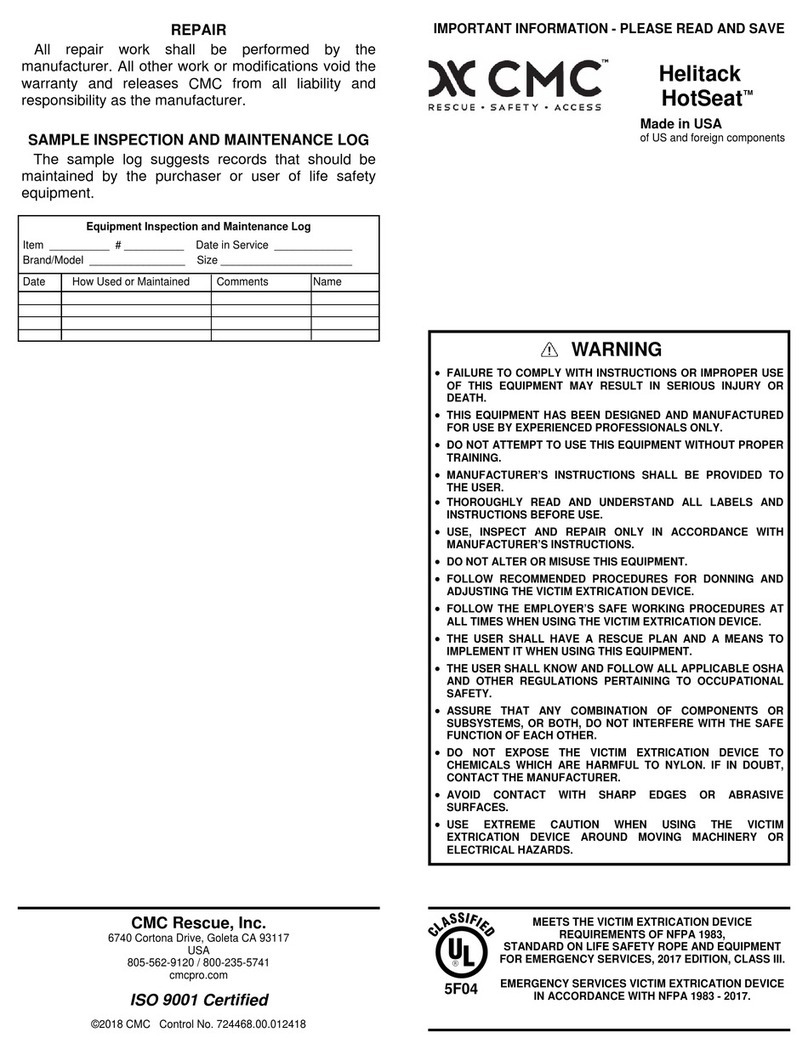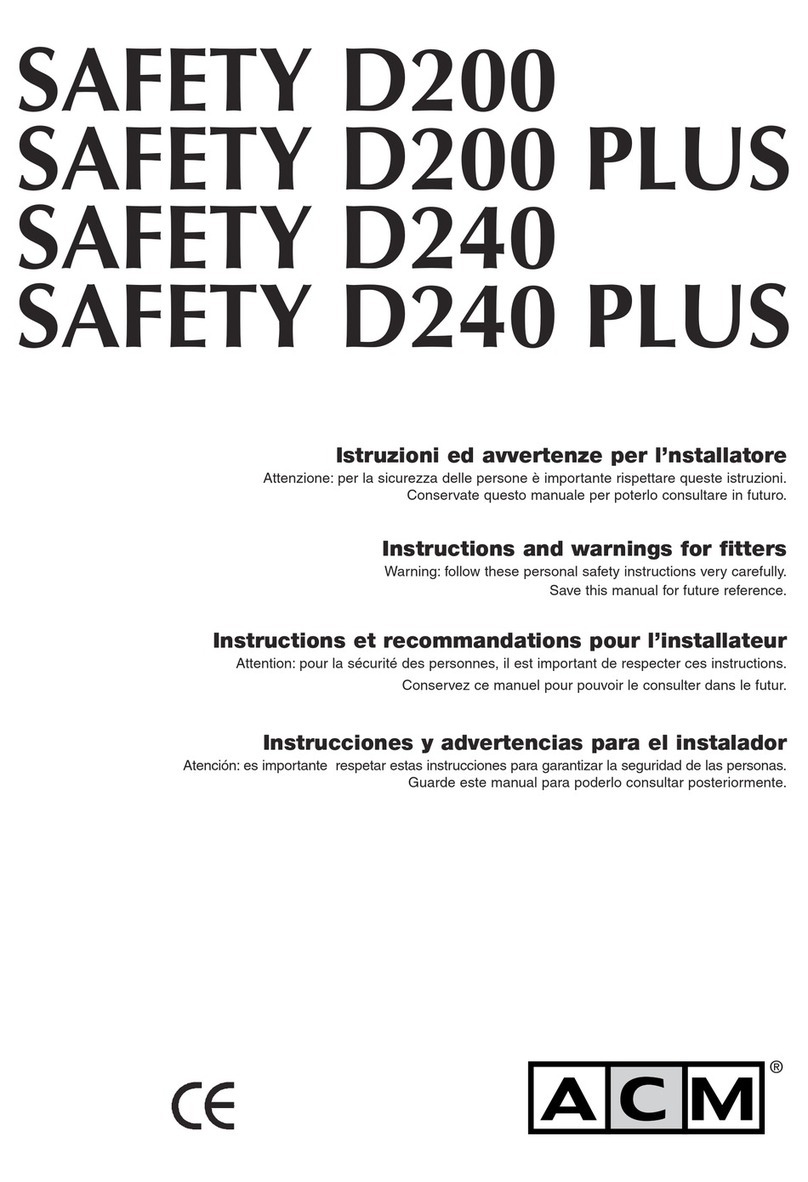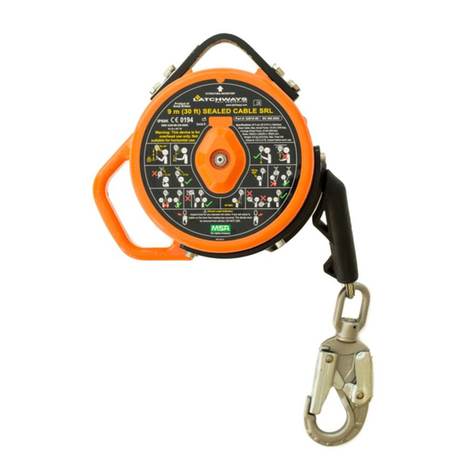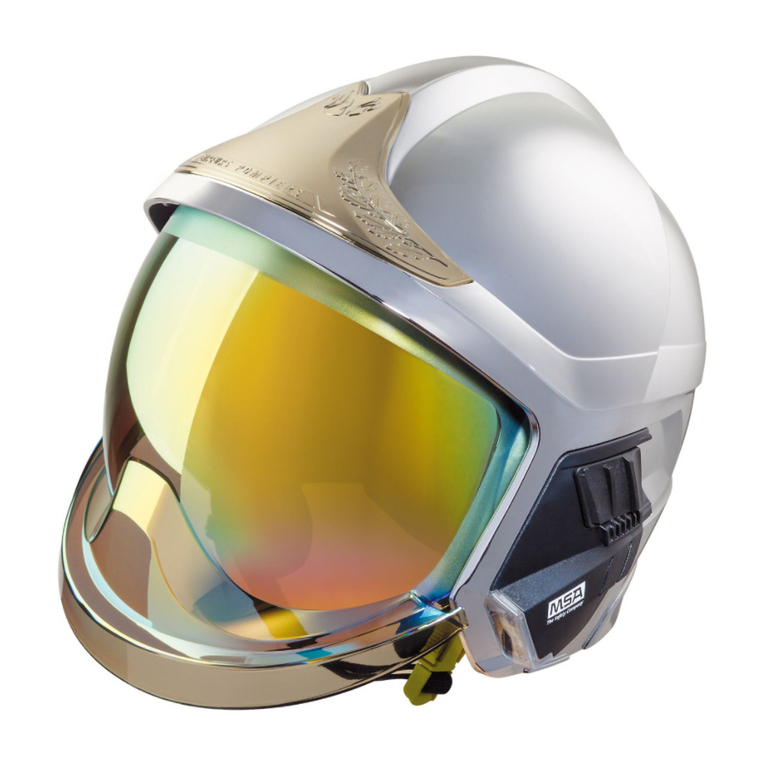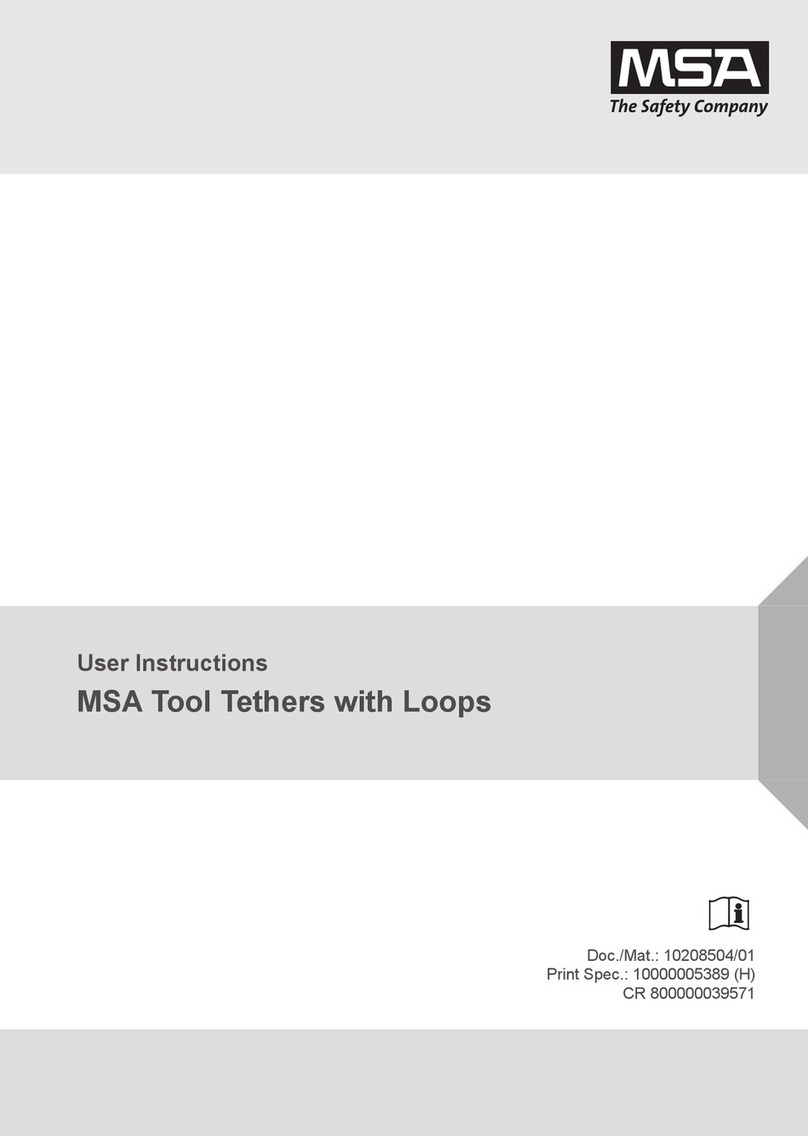
INTRODUCTION
NIOSH APPROVAL INFORMATION
CAUTIONS AND LIMITATIONS
A- Not for use in atmospheres ontaining less than 19.5
per ent oxygen.
B- Not for use in atmospheres immediately dangerous to
life or health.
C- Do not ex eed maximum use on entrations estab-
lished by regulatory standards.
D- Air line respirators an be used only when the respira-
tors are supplied with respirable air meeting the
requirements of CGA G-7.1 Grade D or higher quality.
E- Use only the pressure ranges and hose lengths spe i-
fied in the User’s Instru tions.
G- If airflow is ut off, swit h to filter/or artridge or an-
ister and immediately exit to lean air.
H- Follow established artridge and anister hange
s hedules or observe ESLI to ensure that artridges
and anisters are repla ed before break through
o urs.
I- Contains ele tri al parts whi h have not been evaluat-
ed as an ignition sour e in flammable or explosive
atmospheres by MSHA/NIOSH.
J- Failure to properly use and maintain this produ t ould
result in injury or death.
L- Follow the manufa turer’s User’s Instru tions for
hanging artridges, anister and/or filters.
M- All approved respirators shall be sele ted, fitted, used
and maintained in a ordan e with MSHA, OSHA and
other appli able regulations.
N- Never substitute, modify, add or omit parts. Use only
exa t repla ement parts in the onfiguration as spe i-
fied by the manufa turer.
O- Refer to Users Instru tions, and/or maintenan e man-
uals for information on use and maintenan e of these
respirators.
P- NIOSH does not evaluate respirators for use as surgi-
al masks.
S- Spe ial or riti al Users Instru tions and/or spe ifi
use limitations apply. Refer to user instru tions before
donning.
S - SPECIAL OR CRITICAL USER INSTRUCTIONS
1. An adequate respiratory prote tion program must
in lude knowledge of hazards, hazard assessment,
sele tion of proper respiratory prote tive equipment,
instru tion and training in the use of equipment,
inspe tion and maintenan e of equipment, and med-
i al surveillan e. [See OSHA regulations, Title 29 CFR
1910.134].
2. The program administrator and respirator users must
read and understand these instru tions before trying
to use or servi e this produ t.
3. The PremAire Supplied-Air Respirator System will per-
form as designed only if used and maintained a ord-
ing to these instru tions.
4. This respirator may be used only after proper instru -
tion and training in its use as spe ified in OSHA regu-
lations Title 29 CFR 1910.134.
5. Inspe t the respirator regularly and maintain it a ord-
ing to the instru tions. Repairs must only be made by
properly trained personnel.
6. Use only with an air sour e that meets ANSI
(Compressed Gas Asso iation) spe ifi ations. The air
delivered to the respirator's air-supply hose must be
respirable and of a purity equal to at least Quality
Verifi ation Level (Grade) D Air of the Compressed
Gas Asso iation Commodity Spe ifi ation for Air G-
7.1. Air pressure and flow rates must be within the
NIOSH approved ranges for the devi e.
7. Use stri tly in a ordan e with instru tions, labels and
limitations pertaining to this devi e.
8. This devi e may not provide a satisfa tory fa e seal
with ertain physi al hara teristi s (su h as beards
or sideburns) as outlined in ANSI Z88.2, resulting in
leakage in onne tion with the fa epie e, whi h voids
or limits the prote tion. If su h a ondition exists, the
user assumes all risks of death or serious bodily injury,
whi h may result.
9. Do not use the PremAire System for firefighting.
10. Do not use the PremAire System for underwater appli-
ations.
11. Thoroughly he k out the respirator on re eipt and
prior to use.
2
TAL 801 (L) Rev. 8 - 496958
TABLE OF CONTENTS
NIOSH Approval Information..............................................2
Spe ial or Criti al User Instru tions ...................................2
PremAire Respirator System Symbols ...............................3
PremAire System Options ..................................................3
Operating Prin iples ...........................................................5
General Instru tions/Air Sour e .........................................5
High-Pressure Air Cylinders ...............................................5
Air Compressors.................................................................5
Air-Supply Hose and Pressure Gauge................................6
Conne ting Inlet Pressure Gauge.......................................6
Inter onne ting Air-Supply Hoses......................................6
Preparing Respirator for Use..............................................7
Donning the Apparatus.......................................................7
Regulator Che k .................................................................7
Donning the Fa epie e.......................................................7
Using the Speed-On Harness ............................................8
Respirator Fit Test...............................................................8
Fa epie e Fit Che k...........................................................8
Donning and Using the Respirator .....................................8
Removing the Apparatus..................................................11
Air-Purifying Doffing (Removing).......................................11
Cleaning and Disinfe ting.................................................13
Inspe tion .........................................................................15
Storage .............................................................................16
Fun tional Che ks ............................................................17
Troubleshooting ................................................................18

